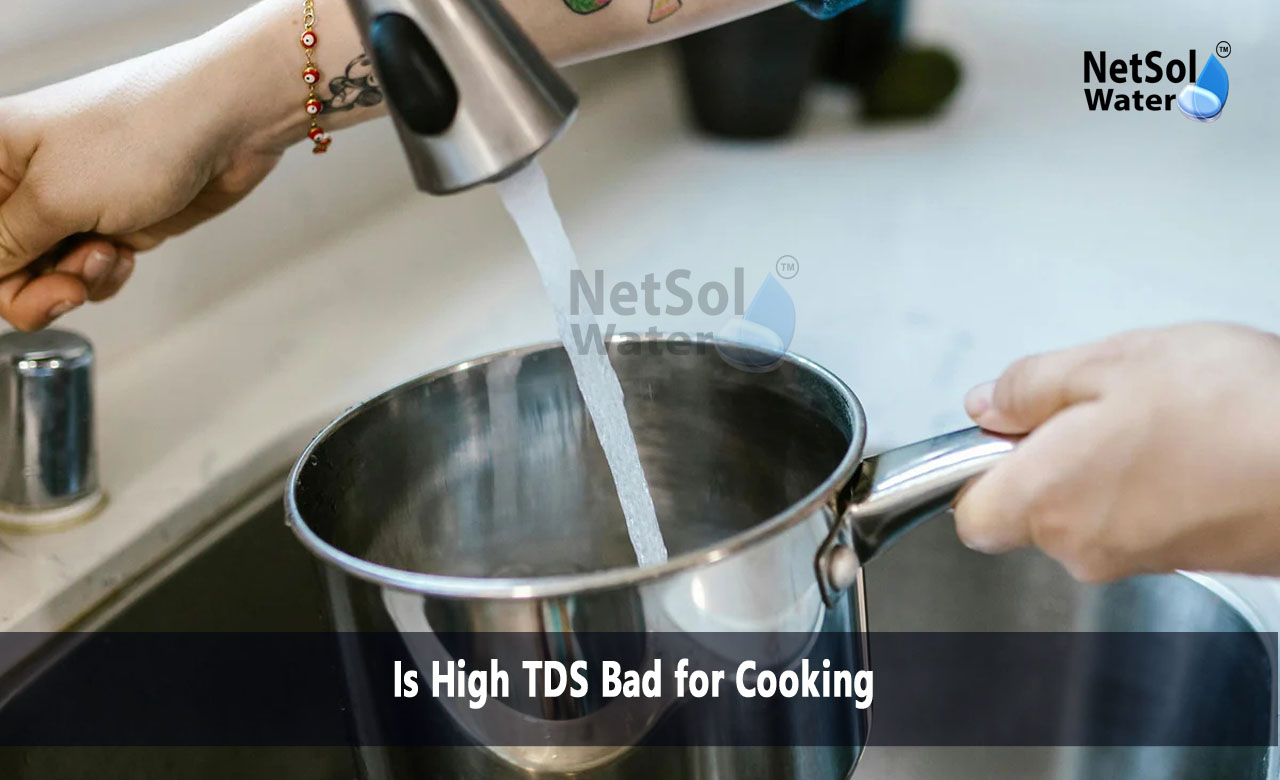Is High TDS Bad for Cooking?
Water matters in the kitchen more than many people think. When water contains many dissolved minerals it shows with a value called TDS. This stands for total dissolved solids. People often ask Is high TDS bad for cooking when they see scale or taste changes. This question matters for home cooks and small restaurants. Minerals in water can change the way food cooks and how flavours form. They can also affect the life of pots and pans. Simple food like rice or beans can show the effect of water quality with changes in texture and cooking time. At the same time some minerals add a light flavour that some people like.
What TDS means?
TDS measures the total amount of dissolved substances in water. These include calcium magnesium, sodium and small amounts of other minerals. A higher number shows more minerals. People often use simple meters to read TDS at home. A number by itself does not tell the whole story. The types of minerals also matter.
How water gets high TDS?
Water picks up minerals as it moves through soil and rock. Old pipes can add metals and salts. Municipal systems can leave different mineral levels after treatment. Seasonal changes can also change the TDS level. Knowing the source helps you decide if the TDS will affect your cooking.
Effects on Food Taste and Texture
Let us have a look on some
How minerals change flavour?
Minerals can make water taste different. When you boil water for soups or sauces those flavours stay in the dish. Some minerals might make coffee and tea taste flat or bitter. Other minerals can add a clean, mild note that you may prefer. Tasting cooked food helps you spot a problem.
How minerals change texture?
Minerals can change how food swells or softens. Rice can stay firm when cooked in hard water. Beans can take longer to become tender. Baking can change too when dough uses hard water. Adjusting cooking time and methods can reduce these effects.
When high TDS is a health issue?
Most dissolved minerals in water pose no harm at normal levels. Very high levels of sodium or lead can cause health risks. People with certain conditions must watch their sodium. Older plumbing can add metals that matter for young children and for pregnant people. If you suspect harmful elements testing can give clear answers.
How cooking changes mineral content?
Boiling reduces some volatile compounds but it does not remove dissolved minerals. Some minerals remain in the food. If water has high sodium that salt will move into the dish. Knowing the amount helps you choose to filter or treat the water.
Impact on Cookware and Appliances
Let us have a look on some
Scale and deposits
High mineral water can leave scale on pots and pans. Over time scale reduces heat transfer. Appliances such as kettles and rice cookers may fail sooner. Cleaning can remove scale but repeated buildup harms performance and increases energy use.
Corrosion and metal damage
Certain dissolved substances speed corrosion. This affects the pipes, burners and pan surfaces. A small change in water treatment can protect your tools and extend their life.
Testing and Reducing TDS for Cooking
Let us have a look on some
How to test at home?
You can use an inexpensive TDS meter to get a quick reading. You can also send a sample to a lab to learn the exact minerals. Record results so you can see change over time.
Ways to reduce TDS
Reverse osmosis and distillation remove most dissolved solids. Simple filters remove some minerals and improve taste. Boiling does not lower TDS for most minerals. Choose a method that fits your budget and your cooking needs.
Conclusion
High TDS can change how food tastes and how cookware performs. It can also raise health concerns when certain elements appear in large amounts. You can test water and choose a simple filter or a stronger system to match your needs. If you want help to interpret a test result or to choose a solution get in touch for more information or request a consultation.
Contact Netsol Water at:
Phone: +91-9650608473, Email: enquiry@netsolwater.com



